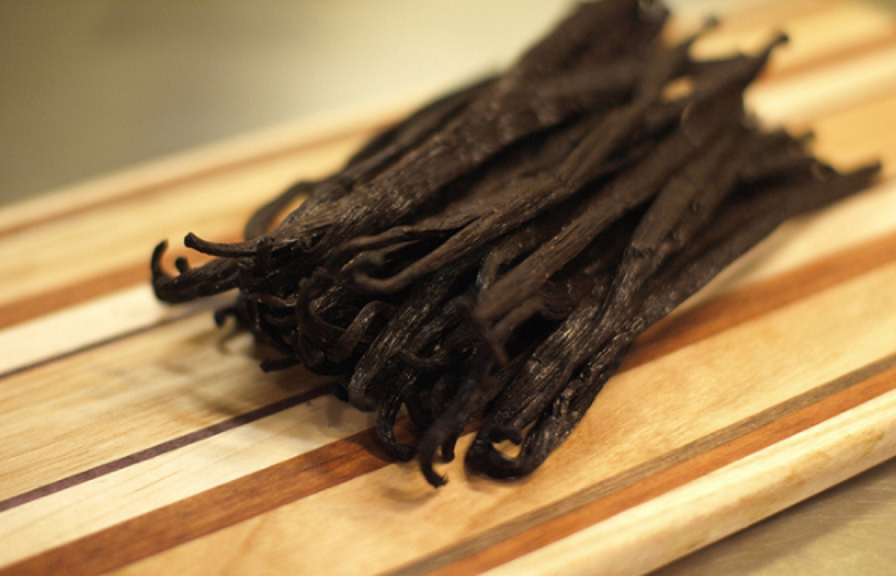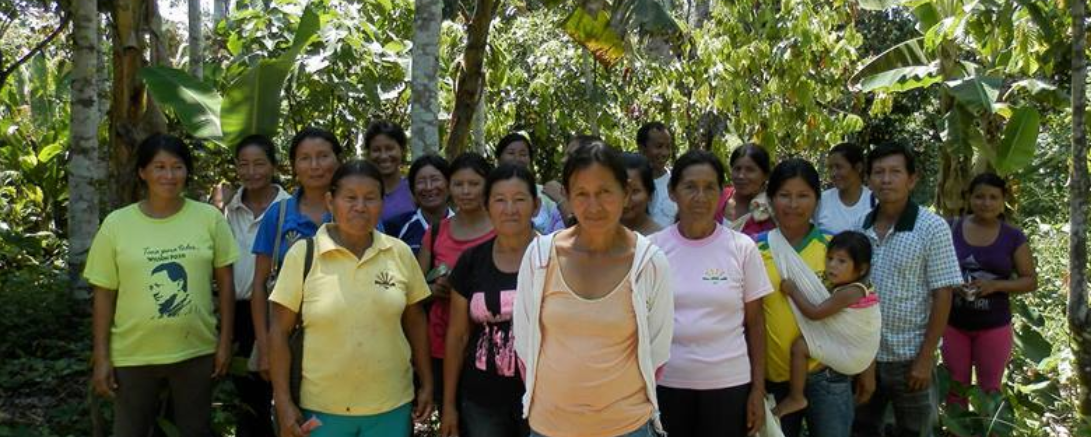By Jacob Olander
The price of vanilla beans is at a record high. With prices hitting $550-600 per kilogram of black vanilla beans, this precious spice is now worth more, pound-for-pound, than silver. A global supply crunch is putting pressure on companies that rely on the ingredient – and creating new potential opportunities for farmers.
Though originally from the Americas, about 80% of the world’s vanilla now comes from Madagascar. Its extraordinary price reflects scarcity (aggravated by a March 2017 cyclone that wiped out about a fifth of Madagascar’s crop) and surging demand as companies look for “natural” ingredients. But price is also a reflection of the painstaking process behind bringing every vanilla bean to market. Vanilla is a cultivated orchid which needs to be hand-pollinated, flower by flower, then carefully soaked, sweated, and slowly dried to bring out the flavors and aromas of vanillin and several hundred other compounds.
The sheer amount of effort that goes into producing vanilla has been a barrier in the past, with farmers often giving up on the crop because the prices didn’t compensate the labor and risks involved. With prices on the rise, there’s an important opportunity to translate that into real benefits for farmers. A global Sustainable Vanilla Initiative was launched two years ago, involving many of the major players in the vanilla market. “The current crisis of high vanilla bean prices and low quality against a backdrop of general concerns about social issues like poverty and child labor have created a sense of urgency for all stakeholders,” says Jan Gilhuis of IDH, the Sustainable Trade Initiative, which spearheads the initiative.
The comparison to the prices of silver and other precious metals may be especially apt in Latin America, where mining continues to be a massive threat for rainforests and rainforest communities. Spices like vanilla, and the other near infinite bounty of these tropical forests, could be an important high-value alternative to destructive industries.
Mexico is Latin America’s biggest producer of vanilla beans, though it still accounts for only a small share of the global market. On a much smaller scale vanilla can and is being successfully grown in countries throughout the Americas.
Kallari, a Kichwa indigenous cooperative in Ecuador has gone back to the rainforest to survey plants and bring wild vanilla into cultivation. Kallari has trained 250 of its farmers to plant, pollinate, and harvest organic vanilla beans. “Through intensive research we have developed our own post-harvest process, lasting 5 to 6 months, which allows us to provide high quality treated vanilla beans and vanilla powder to national and foreign markets as well as use it in our own chocolate recipes. It´s a highly valued product with more demand than we can fulfill so our plan is to get financial support to bring agronomists to the field and train more Kichwa farmers with the objective of increasing production,” says Bladimir Dahua, Kallari´s administrator, who sees strong potential in the organic vanilla market.
Vanilla photo credit: Ted Major
Kallari Kichwa photo credit: kallari.com.ec




Interesada en recibir información me gustaría intentar una pequeña siembra.
Gracias por si atención.